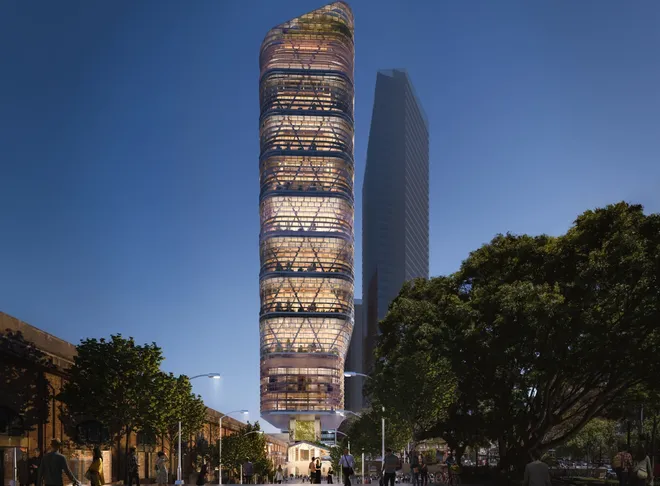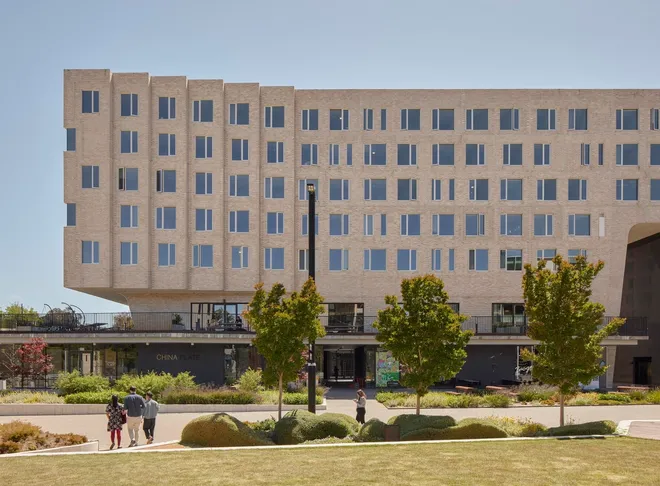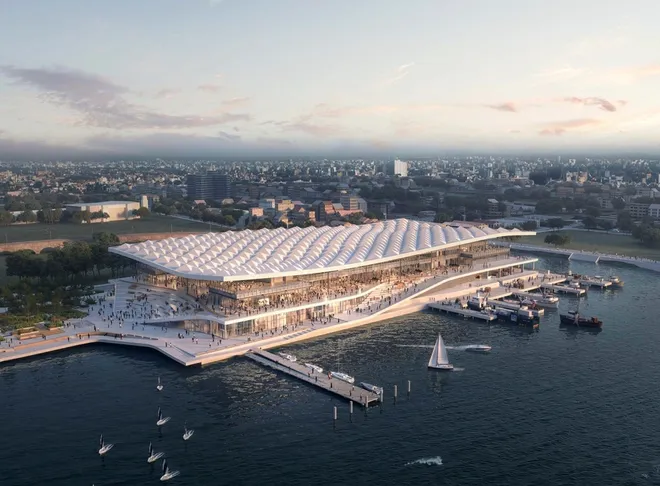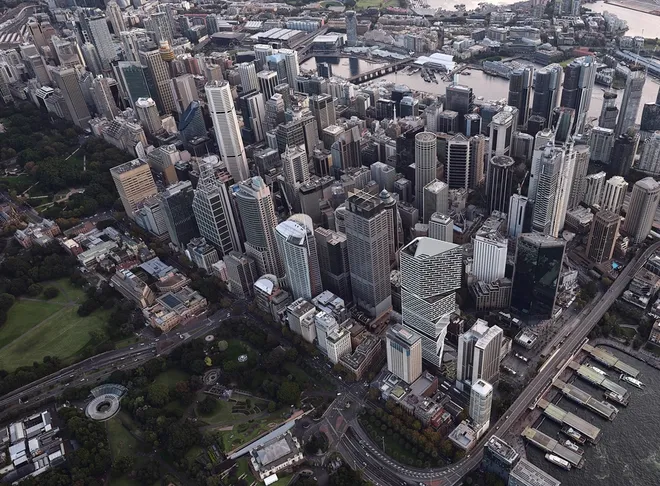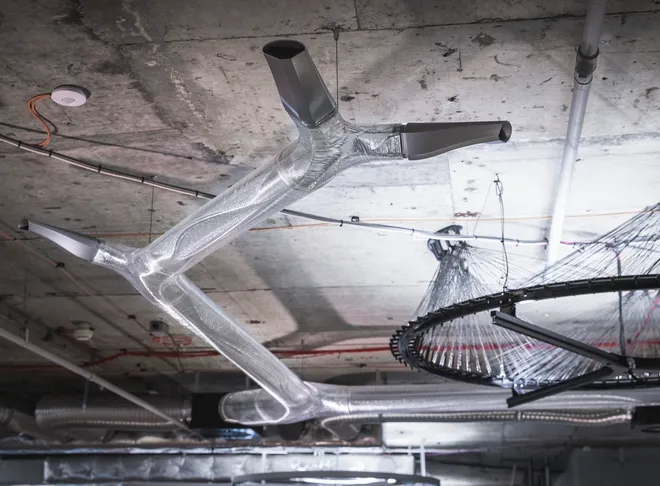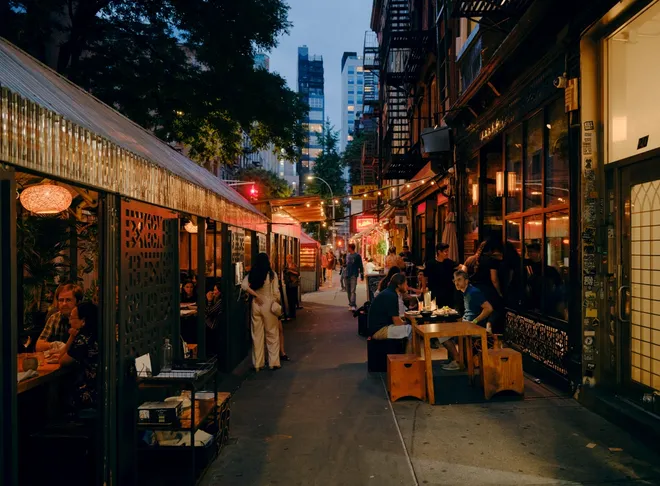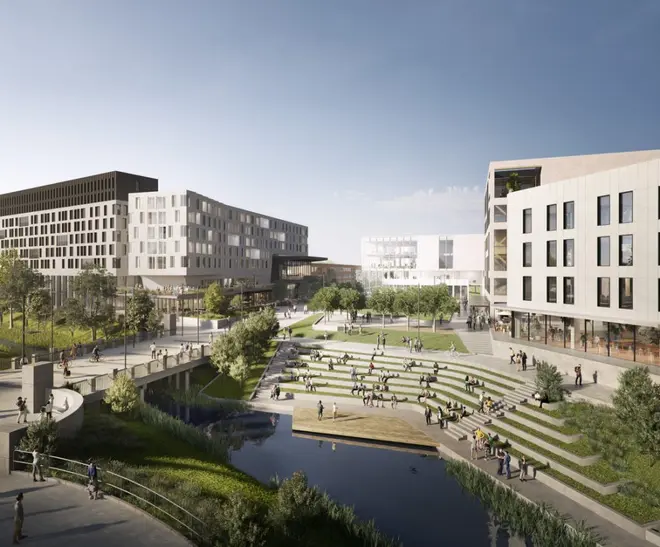Build Change
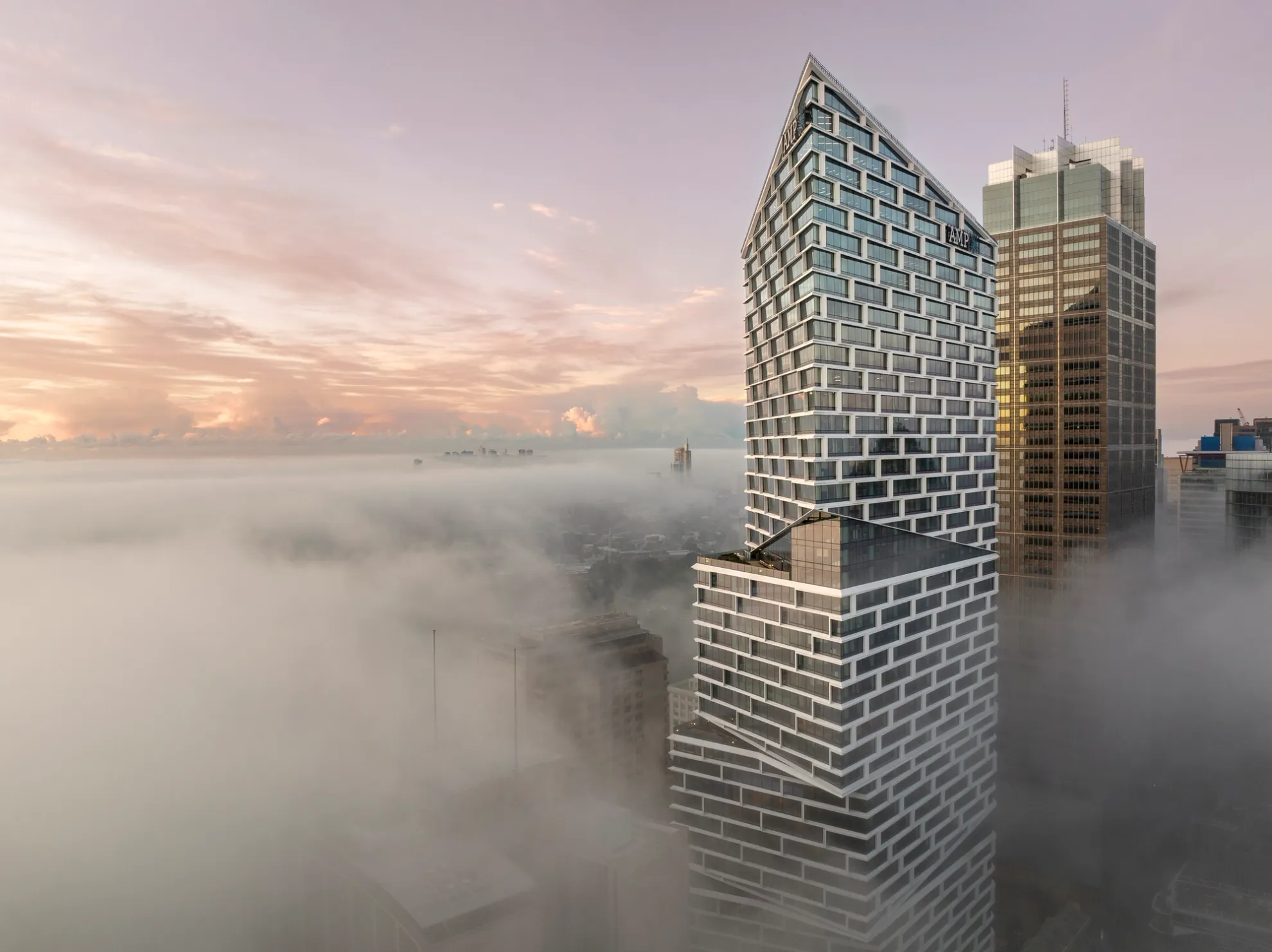
How we design and build, shapes our ability to address today’s urgent challenges — from climate change and resource scarcity to housing shortages and societal inequity. Acts of design are inextricable from their methods of construction.
Innovation in construction is not just about adopting new building technologies; it’s about challenging the way the whole industry conceives, designs, collaborates and builds. As architects and designers, we recognise we have a responsibility to guide and influence how our built environment is created.
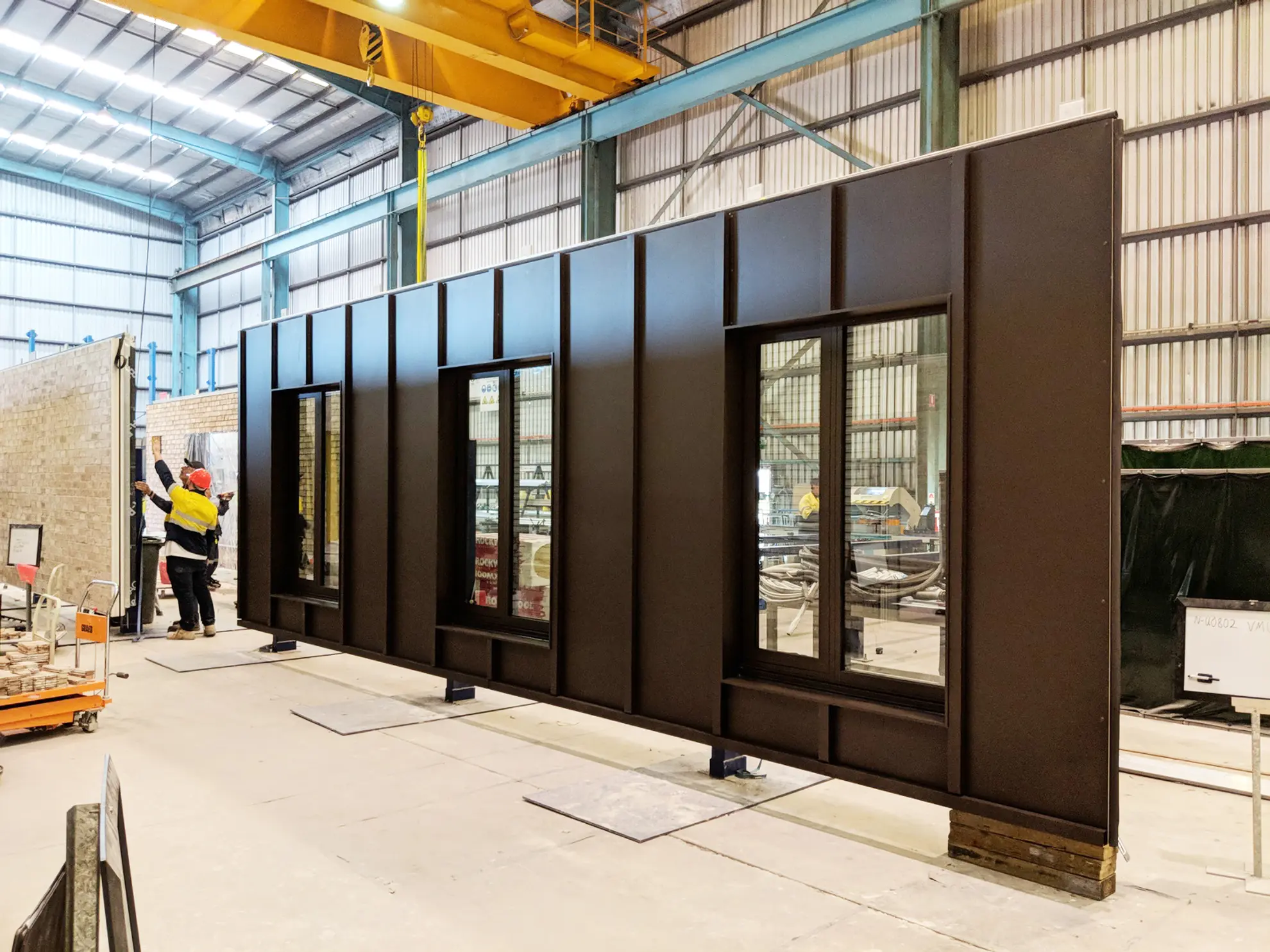

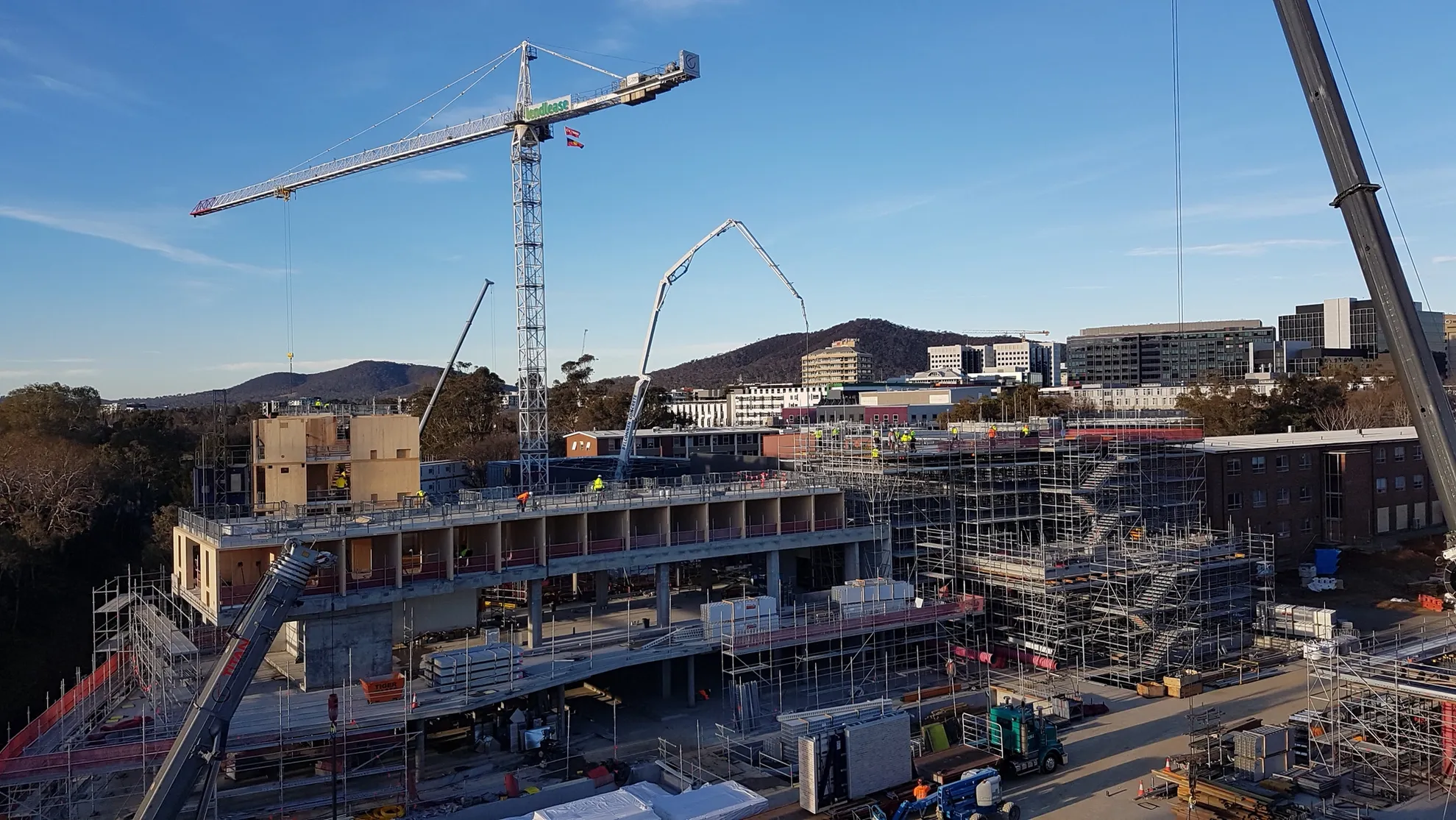

The 500-bed Student Accommodation building and the Marie Reay Teaching Centre at ANU Kambri are mass timber construction with prefabricated and elemental facade systems.
This was one of the largest timber construction projects in Australia at the time of it's completion in 2019.
A productive construction industry has broad societal benefits — delivering more at a lower cost, in shorter timeframes, using fewer resources. Yet productivity can be swiftly toppled by rising building costs, supply chain disruption and a critical shortage of skilled labour. Added to this, the mounting pressure to reduce embodied carbon and embrace circularity puts onus on the industry to evolve, adapt and emerge more resilient. Changing how we build is not an optional extra; it’s an imperative.
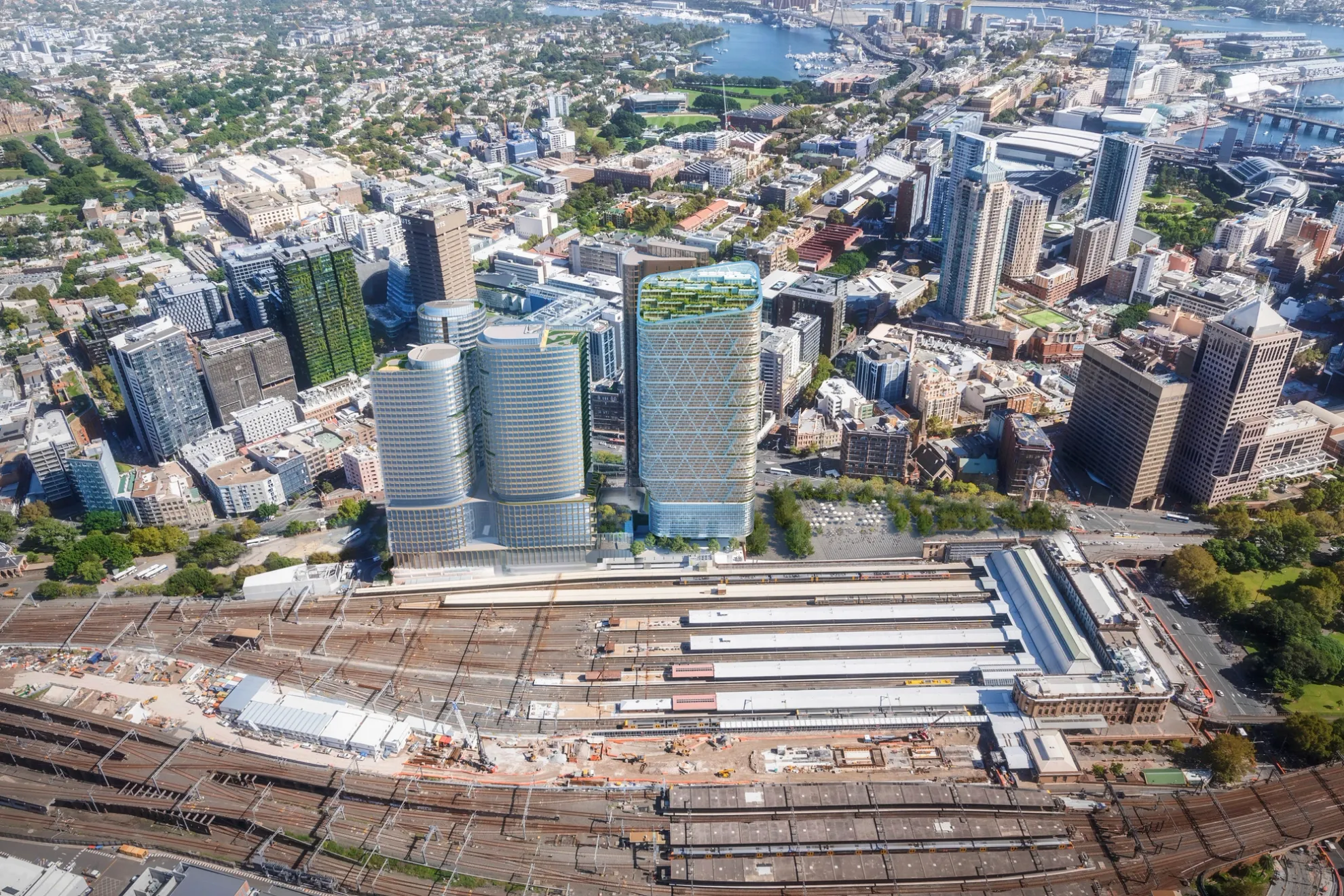
BVN and SHoP Architects are designing Atlassian’s new Sydney headquarters in the NSW Government’s Tech Central precinct. At 39 storeys, Atlassian Central will be the world’s tallest hybrid timber building upon completion. Atlassian Central comprises seven four-storey mass timber-framed habitat structures, steel composite mega floors, enveloping steel diagrid and naturally-ventilating, photovoltaic glass façade.
To accelerate innovation, we embed industrialised construction and digital transformation into the architecture of our thinking and practice.
Industrialised construction — also known as modern methods of construction (MMC) — involves systematised processes like prefabrication, modular design, and automated or streamlined construction technologies. These approaches prioritise repeatability and precision, allowing building components to be manufactured in controlled environments and enabling rapid assembly.
Without leveraging digital transformations, industrialised construction processes simply aren’t possible. Our work relies on sophisticated BIM workflows and digital fabrication technologies to enhance accuracy and streamline processes. We also embrace generative design and AI-powered automation because they allow us to explore and evaluate more design options faster, supporting better-informed decision-making early in the process.
Our work champions the application of computational tools in design processes, supporting rapid prototyping and rigorous testing of sustainable, adaptable, and replicable solutions. This ensures that insights from sophisticated projects inform and strengthen future developments, making advanced practices accessible and impactful at scale.
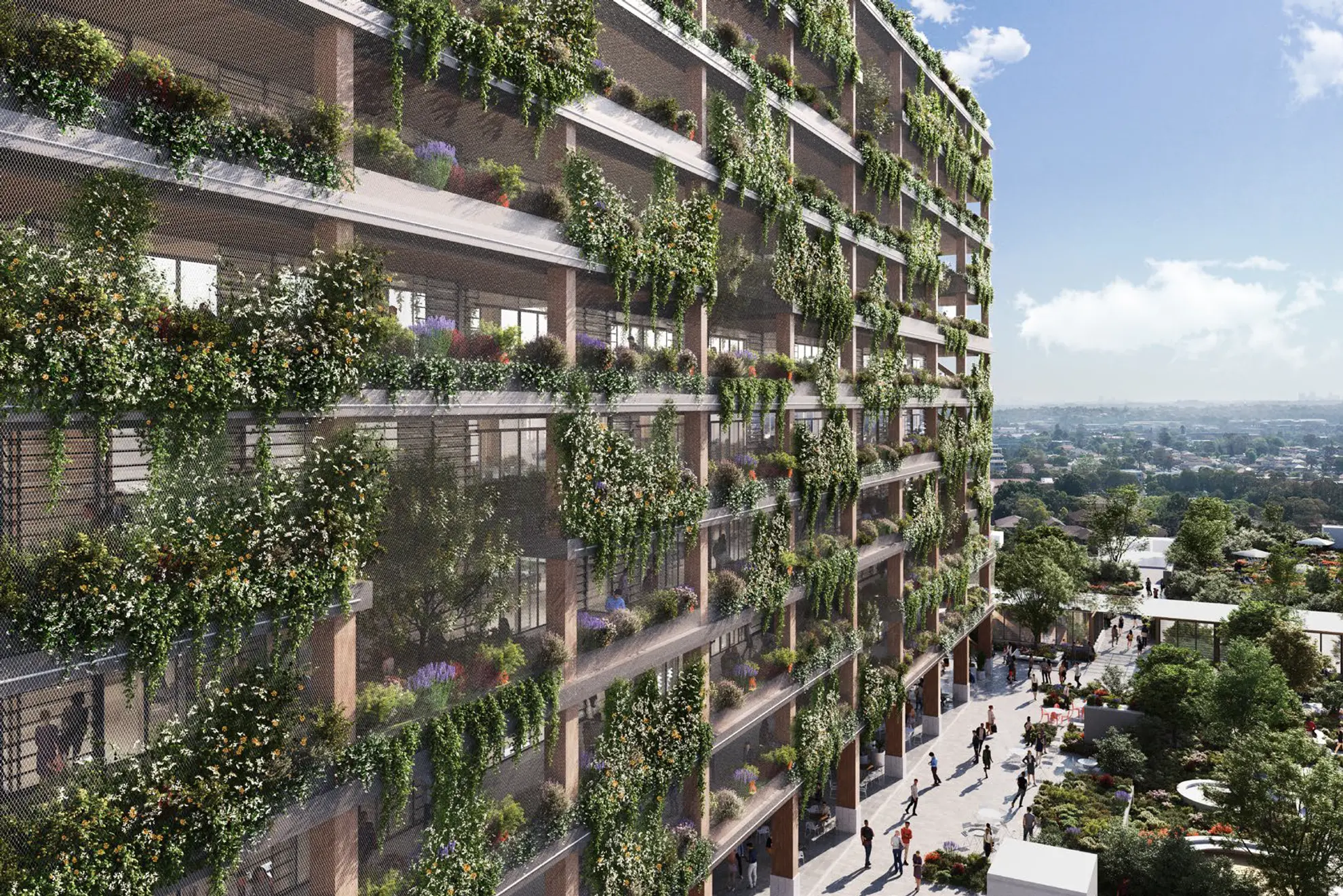
In partnership with QIC Real Estate, 2 Castle Street is a 12-storey hybrid timber tower that combines low-impact materials with on-site solar. A rammed earth base, timber structure, low-carbon concrete and CLT floors will cut embodied carbon by up to 30%, while solar panels power the building and may even feed energy back to the grid.
A challenge for our industry is ensuring that learnings from the most complex construction endeavours, such as landmark infrastructure projects and pioneering architectural designs, are transferred effectively to deliver value for the mass market. High-profile projects can influence and accelerate construction innovation by testing and refining methods and technologies. When adopted broadly these can significantly elevate construction quality, efficiency, and sustainability.
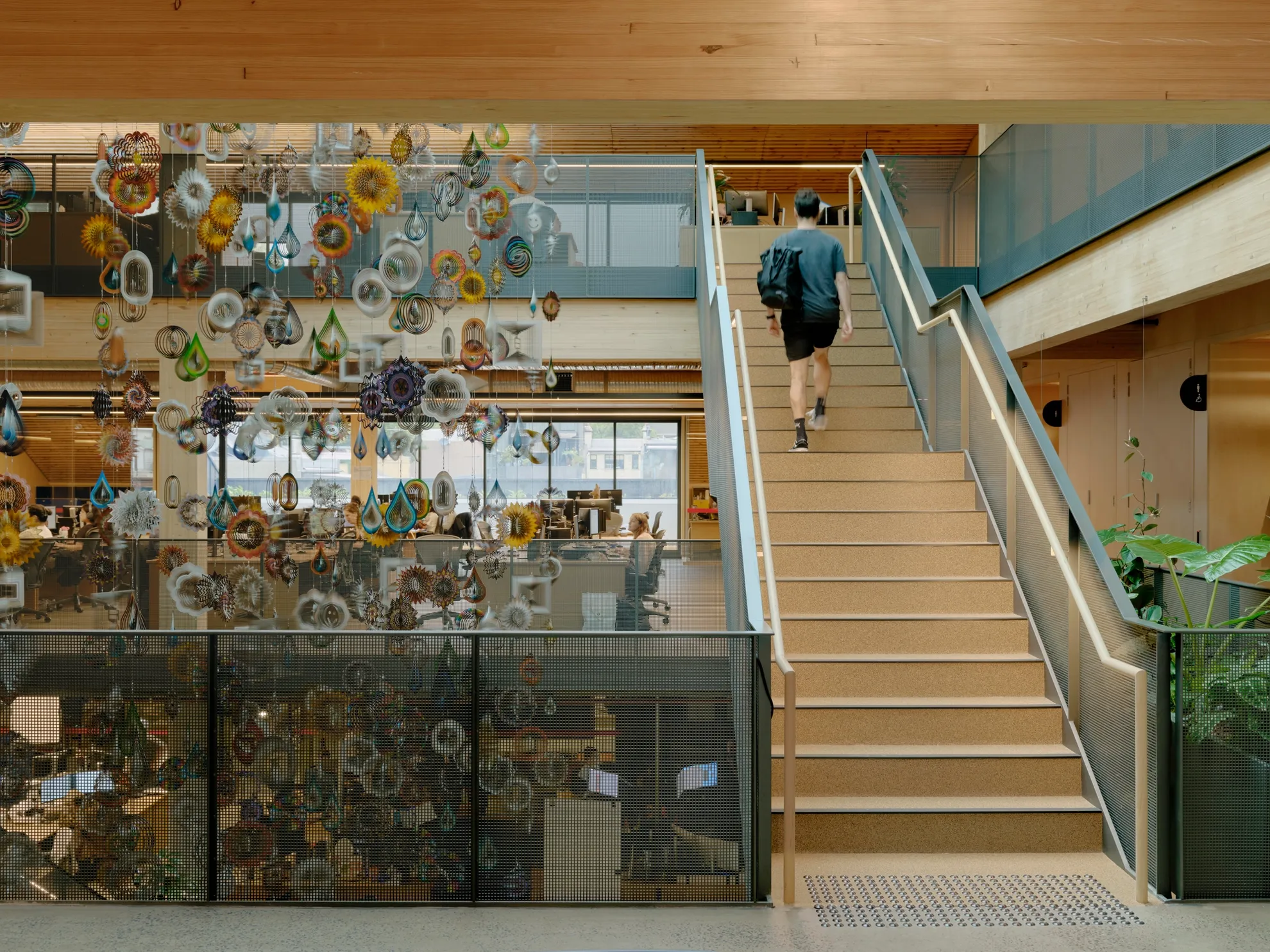
Lightweight and efficient, mass timber made it possible to add a new storey to this heritage warehouse without major structural intervention—while the ground floor tenant remained operational throughout construction.
It is crucial that knowledge gained from these complex undertakings does not remain siloed. Industry-wide dissemination through structured research, open collaboration, and effective policy advocacy can amplify the benefits of innovation. Cross-sector partnerships, joint ventures, and publicly funded research programs play a pivotal role in embedding these advanced practices into standard construction methods, thus extending their positive impact and reach.
We see opportunity to strategically leverage project opportunities to drive lasting societal improvements. By embedding long-term social and environmental goals into project planning and execution, innovations developed for one project become scalable solutions benefiting broader communities. Designing for deconstruction and adaptability, for example, enables buildings to evolve and respond to future needs, directly aligning construction practices with circular economy principles and societal resilience.
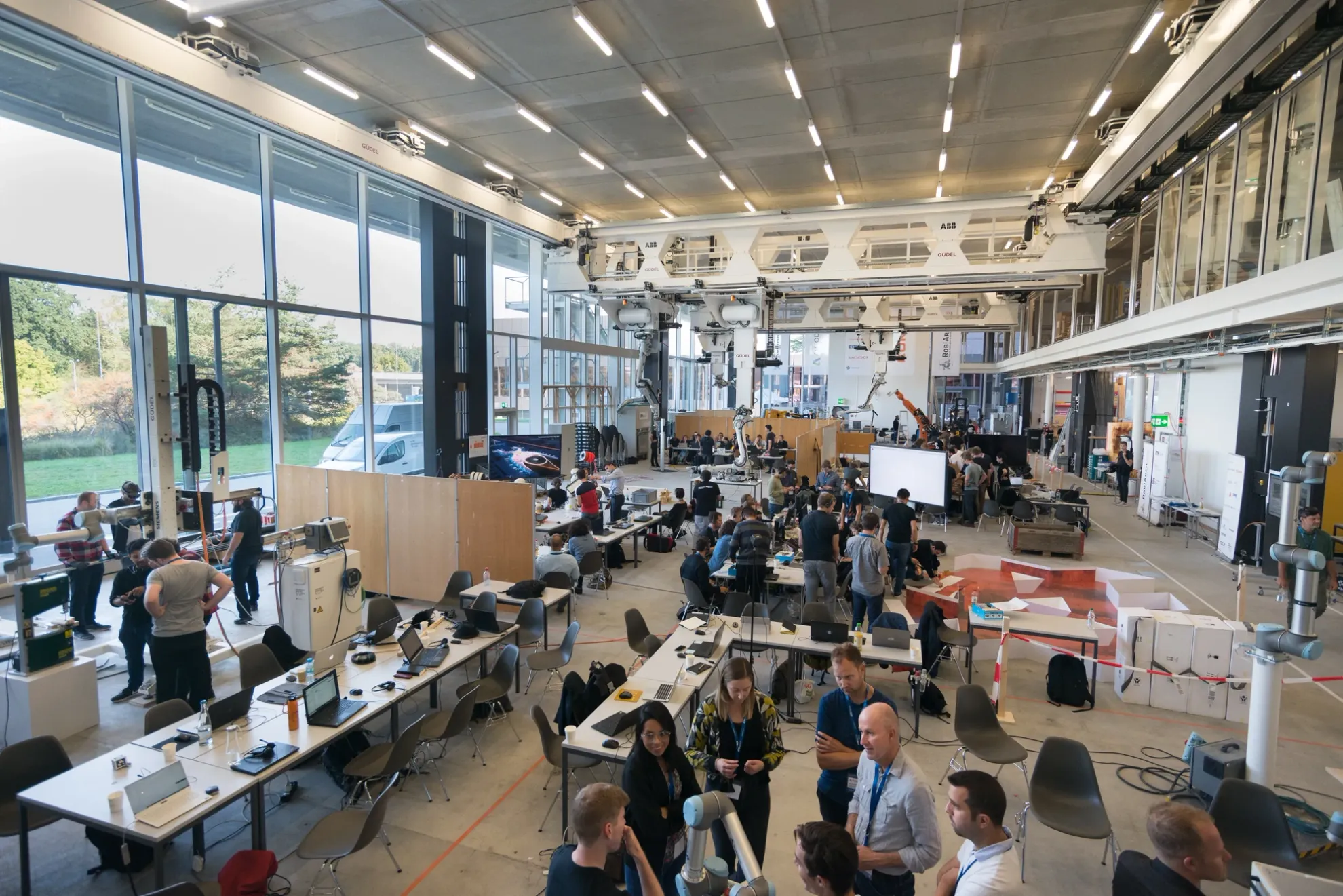
Innovation in construction is not about chasing trends; it is about creating resilience. The objective is continuous progress, driven by collaboration and the recognition that better buildings arise from better ways of building. We acknowledge the tools to address our greatest challenges already exist; what remains is the collective will to deploy them.
